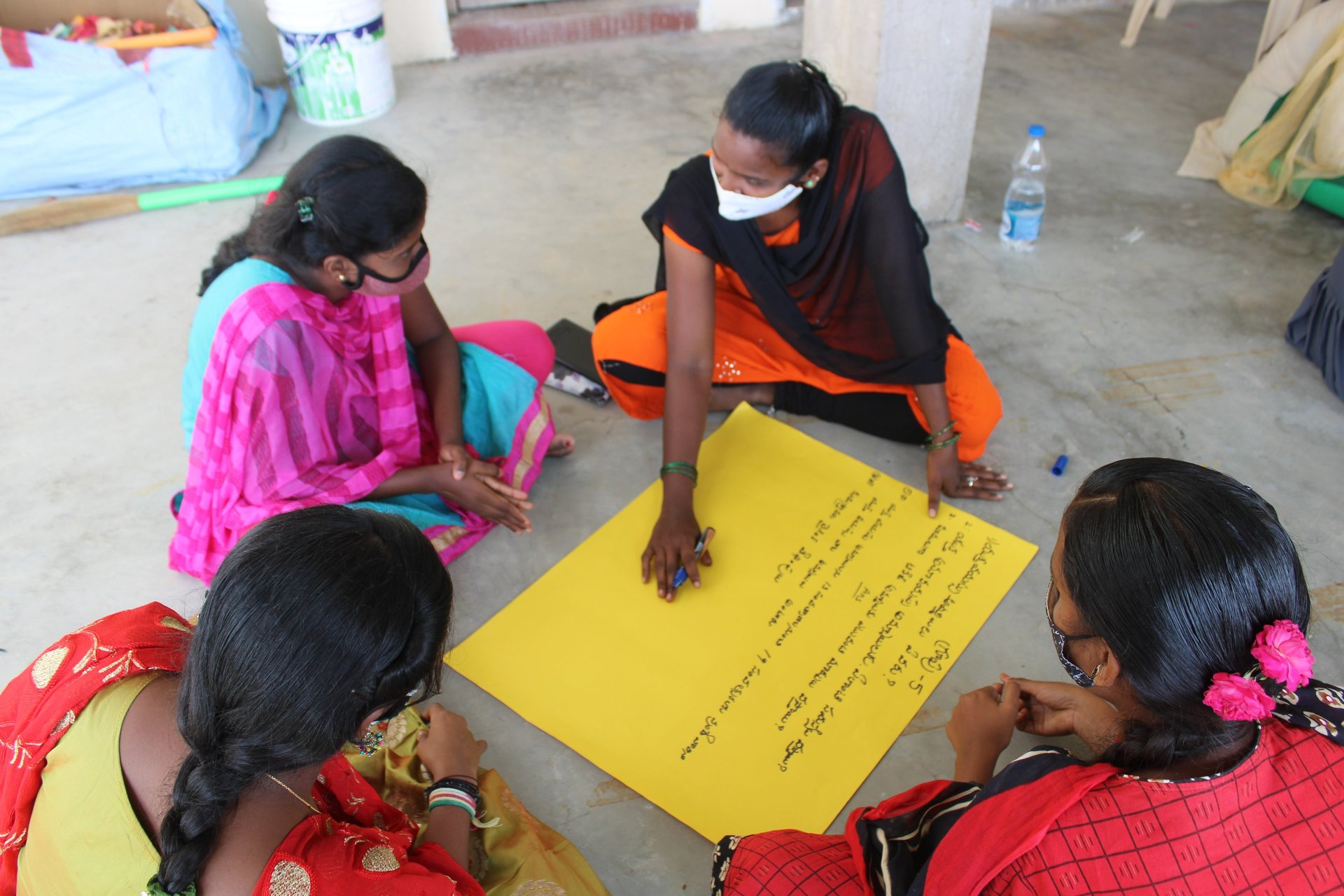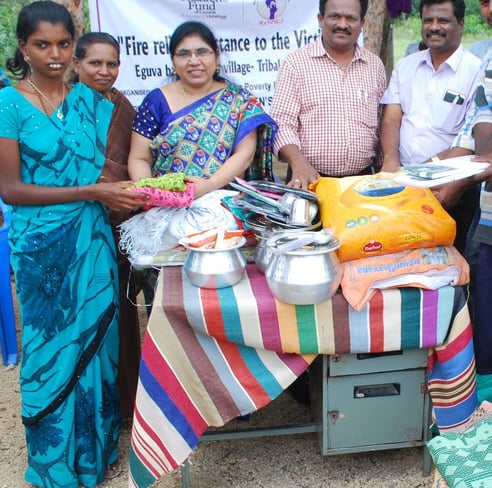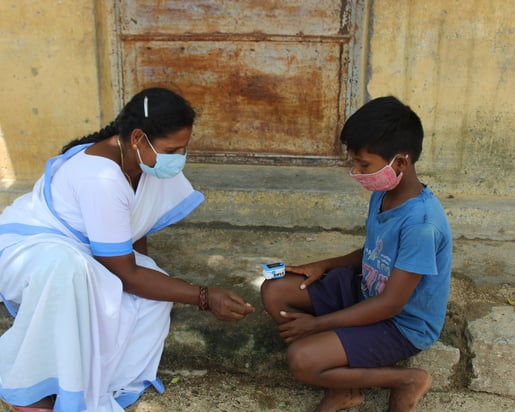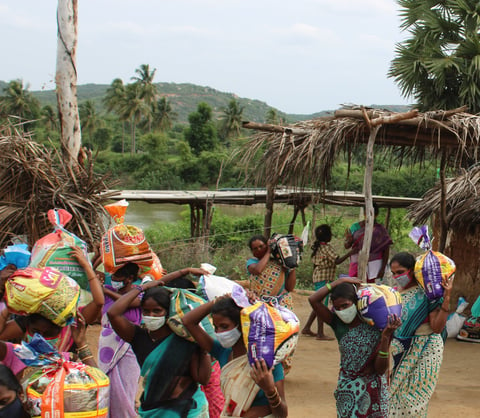
Disaster Risk Reduction
Emergency Response
A humanitarian crisis of emergency is a threatening condition that requires immediate action as the crisis can be man-made and from natural hazards, or it can be a combination of both. At the time of disaster or any other humanitarian crisis, there is a disruption of the functioning of a community and a loss of human, material, economic, and environmental. Children are the most vulnerable situation, who become orphaned, separated, absent of survival and development rights, abused, exploited, and other protection issues like child marriage, child trafficking, child labour, and commercial sexual exploitation.
ROPES has been engaging in emergency response interventions during the Tsunami and Floor in the target area. It involves rescue, relief, recovery, and rehabilitation interventions to bring people into typical life situations and promote resilient communities to cope with emergencies and prepare well for disaster-threatening situations.


Key Action:
Provision of relief materials, such as basic needs (food, cloth, education & sanitation kits, temporary shelter, etc.)
Establishing Child-Friendly spaces during an emergency, where children are provided health, education, and psycho-social support services
Reconstruction of houses and schools and livelihood options as a recovery intervention to bring them into everyday life
Disaster preparedness intervention
Child Protection in Emergency interventions – rescue and re-integration of children into their families, village-level child protection mechanism, awareness of child protection, referral of abused cases to the concerned authorities, etc.
Our Interventions during
COVID-19 Pandemic
COVID-19 has set us all back in countless ways. But for girls in crisis worldwide, it’s done more than just set them back. It’s unravelling decades of progress. COVID-19 Response by ROPES impacted about 44000 population in 42 Dalit and Tribal communities over the last one year. Following are some of the instances of CVID-19 Response of ROPES:
Mass community awareness and education on COVID appropriate behaviour and hygienic practices like social distancing, wearing a mask, regular washing of hands, and hand sanitization through the distribution of IEC materials, auto publicity, banners, pamphlets, posters and stickers, and wall writings by which about four lakhs people in the district impacted.
Creating opportunities for virtual learning platforms during the COVID-19 pandemic through the distribution of laptops, tabs and, smartphones, speakers.
Creative Learning Centres (CLCs) in 32 villages for children from Grade 1 to Grade 5
Distribution of dry rations to 7000 hardest-hit families
Distribution of nutritional supplements to 1500 children and 3500 women
Distribution of hygiene kits and bio-degradable sanitary napkins to 13000 people
Distributed 200 Pulse Oximeter, 150 Therma-guns




